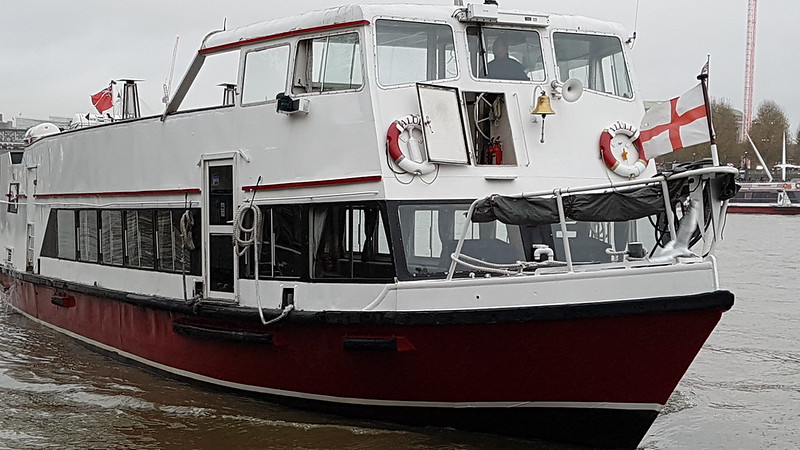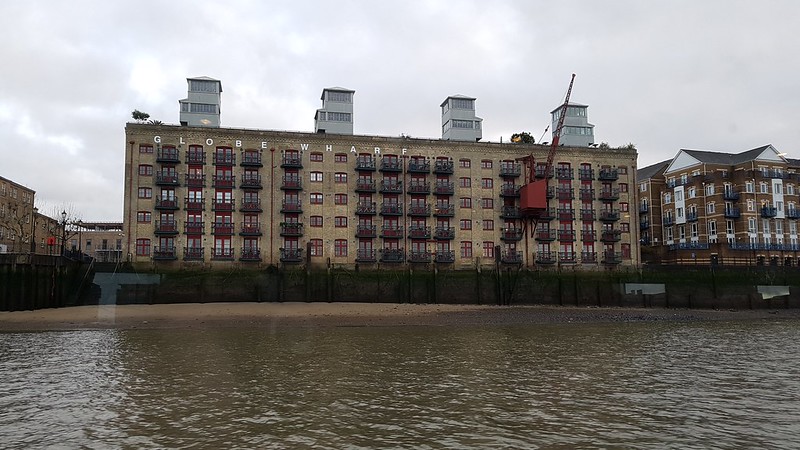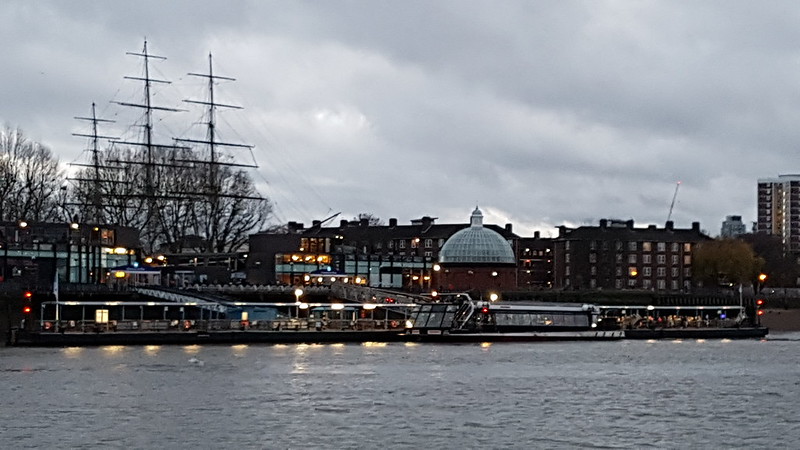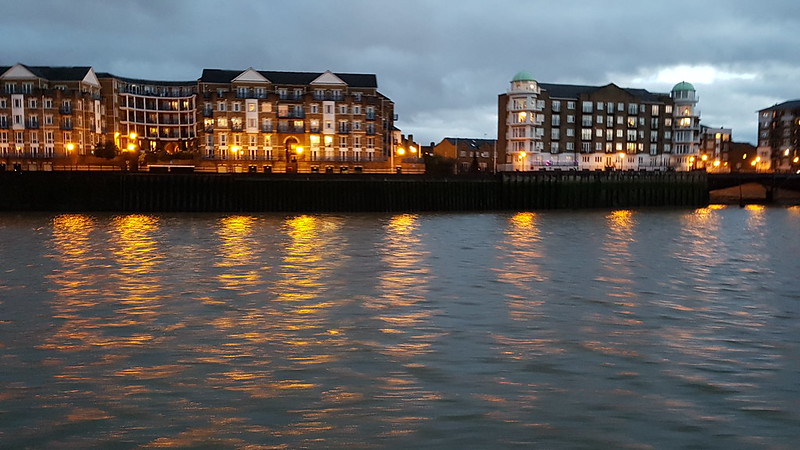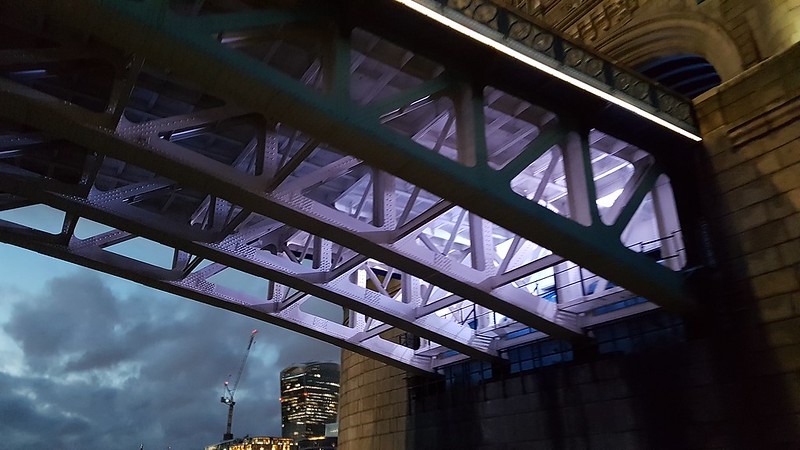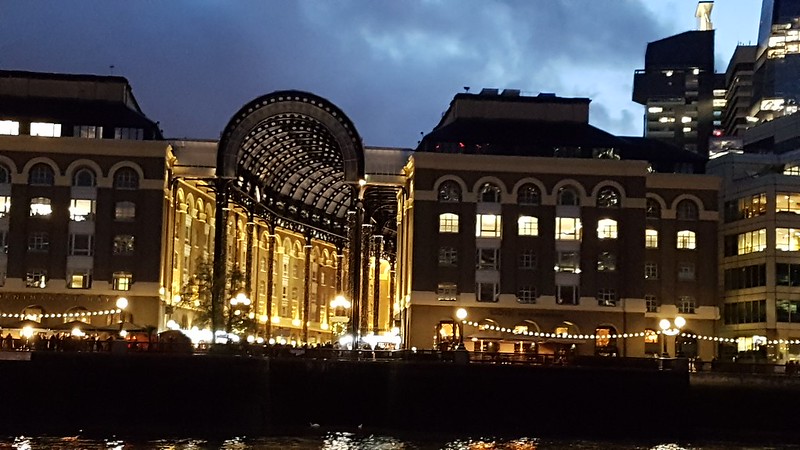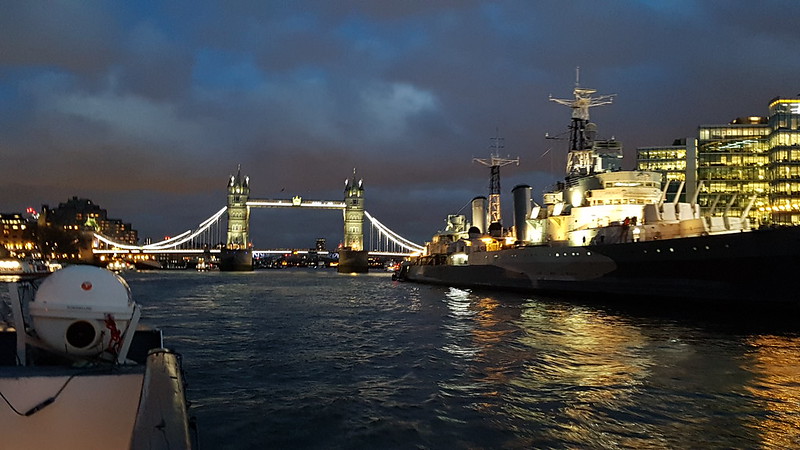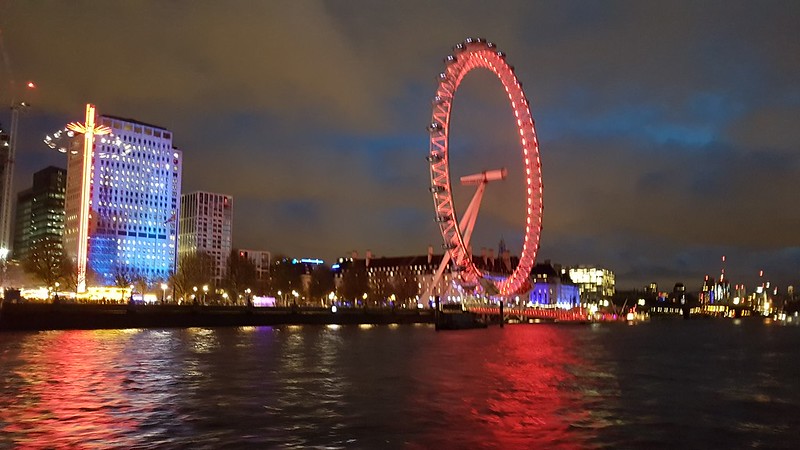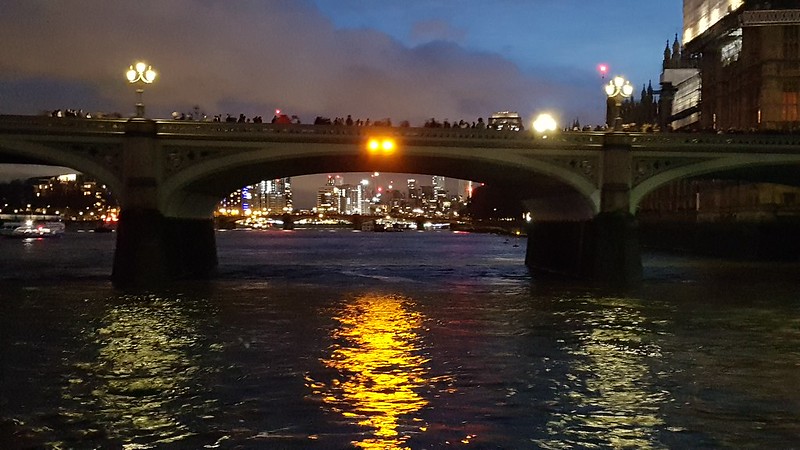
Fingerpost along the Thames Path
Last week I spent two nights in Limehouse at The Royal Foundation of St Katherine’s, a Retreat House and B&B. I stayed there once before a few years before Covid in order to walk part of the Regent’s Canal and Limehouse Cut. This time my main reason for staying was to see a singing duo, Ben and Dom, perform in the chapel at the Retreat House. I have seen them perform live before and their harmonies blend so well. I sing in a choir and these two chaps are former choir leaders of that choir. Since leaving, a few of us have followed their careers. They lead other choirs, sing with other groups and write and sing together. So here is my promo! Have a look at this video.
So, that’s what I was doing in Limehouse. However, whenever I go away, I’m always looking for new walks. I packed everything I needed into a rucksack and set off. Before arriving in Limehouse, I took a slight detour to Shadwell where I would walk to Wapping.

A little info about St Katherine’s
My first stop was Cable Street mural. This commemorates the time when Sir Oswald Mosley and his Fascists intended to march through Shadwell. The residents, Jews and Irish Catholic banded together and set up barriers to stop them. Fighting broke out between them and the police, and Mosley was asked to cancel the event.

Cable Street mural, Shadwell
Not far from there is St George-in-the-East church, built in 1723, but badly damaged in the Blitz. Only the outer walls and tower survive.

St George-in-the-East

The gravestones, with an unusual one at the end. See below.


Inside the church

The tower
Walking further down towards the Thames, I came to Tobacco Dock, built between 1811 and 1813 and used to store tobacco, tea and spices. When it was closed, the dock was converted into a shopping centre, but that too has gone, and it is mainly empty now. I was unable to find a way in through gates mentioned in the guide book, and wonder if this is due to the book being slightly out of date. There are apartment blocks surrounding it now, but I saw a fountain through one gate.

Tobacco Dock




A nod to the past – Tobacco Dock

And then a couple of interesting sights nearby:


This pub was supposed to have been given to the artist, Turner!
There is no church of St John’s in Wapping now (well, not this one). Only the churchyard remains. However, there is evidence of the charity attached to the old church over the road from the churchyard.

St John’s Churchyard


I was now close to the Thames and old dock warehouses (converted into apartments) came into view.


Oliver’s Wharf, Wapping

And here we are at Wapping Old Stairs beside the pub, The Town of Ramsgate. At low tide you can go down onto the shore, but be careful, the steps are green and slimy, making them slippery. To left of the stairs is Execution Dock, used for 400 years and where those convicted of piracy were executed and left for three full tides.

I then took the Overground back to Shadwell where I changed to the DLR for one stop to Limehouse for my stay. Above is a photo of the gardens at St Katherine’s, and the chapel is where the big windows are to the left. Once I unpacked, I went to the Yurt Cafe for a lovely lunch of lentil stew and rice. The Yurt Cafe is part of The Precinct and outreach to the community in Limehouse by the Royal Foundation of St Katherine’s. The food is good!

The Yurt Cafe
After lunch. I took a stroll around Limehouse Basin and the area in general.

Limehouse Basin

River Thames, and to the right is Gordon Ramsey’s restaurant.

Thames Path fingerposts

The Grapes on Narrow Street is owned in partnership with actor Sir Ian McKellen

Narrow Street, Limehouse.

Herring Gull

Ropemakers Fields

Banstand – Ropemakers Fields

Urban Limehouse

Lock at Limehouse

Limehouse


Typical older housing, Limehouse

Old water pressure tower. This used to regulate the water for the cranes, swing bridges and locks in Limehouse Basin.
This was the end of my first day. In the next blog I will be visiting the Queen Elizabeth Olympic Park in Stratford to relive old memories!

